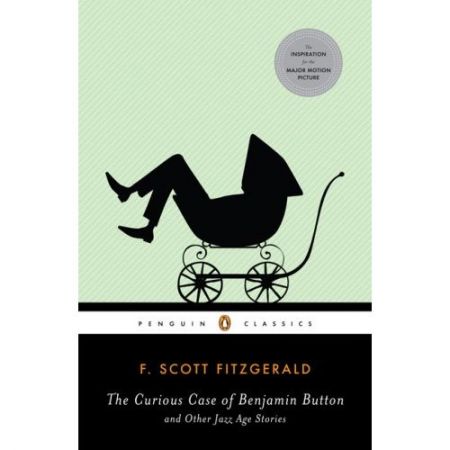Steve Ahlquist has been writing his Mythographical Meanderings over at ForcesofGeek.com for two years now. If you haven’t been reading his column you’re missing out. We’ll be posting excerpts from his best essays with links back to FOB where you can read the rest. This essay was originally published February 8, 2009.

It’s unknown when F. Scott Fitzgerald first came across the remarkable story of Benjamin Button, born an old man in 1860 in the city of Baltimore, dying in the same city as a baby in 1920. Fitzgerald reports that when news of this remarkable birth reached the public, “The sensation created in Baltimore was, at first, prodigious.” It was only the advent of the American Civil War and its attendant chaos that drew the public’s attention away. Whether this event was important enough to be written up in papers or was merely passed as the gossip of the age is unknown.
Newspapers from that era are hard to access, and Fitzgerald is notably lax in providing hard dates; he seems more interested in using the Button story as a means of exploring what age means to us at various points in our lives. (You can read the story yourself here.)
Button is once again the topic of high society gossip and makes the society pages of the Baltimore press many times upon the announcement of his marriage to Miss Hildegarde Moncrief, daughter of the Civil War hero (at least to the south) General Moncrief, author of the largely discredited History of the Civil War in twenty volumes. Fitzgerald reports:
“…the excitement in Baltimore society reached a feverish pitch. The almost forgotten story of Benjamin’s birth was remembered and sent out upon the winds of scandal in picaresque and incredible forms. It was said that Benjamin was really the father of Roger Button, that he was his brother who had been in prison for forty years, that he was John Wilkes Booth in disguise–and, finally, that he had two small conical horns sprouting from his head.
The Sunday supplements of the New York papers played up the case with fascinating sketches which showed the head of Benjamin Button attached to a fish, to a snake, and, finally, to a body of solid brass. He became known, journalistically, as the Mystery Man of Maryland. But the true story, as is usually the case, had a very small circulation… In vain Mr. Roger Button published his son’s birth certificate in large type in the Baltimore Blaze. No one believed it.”
